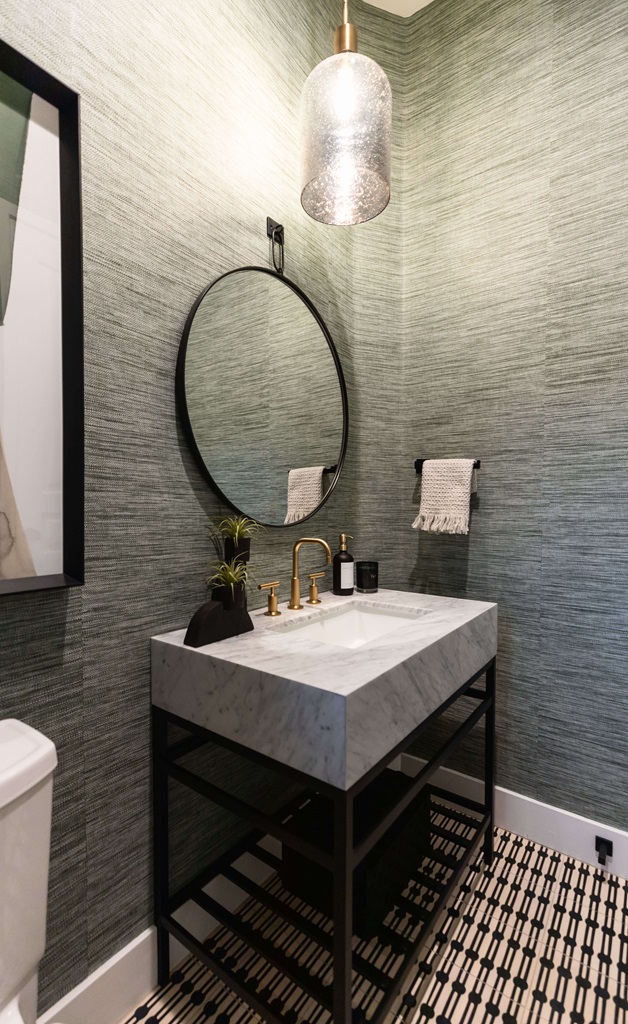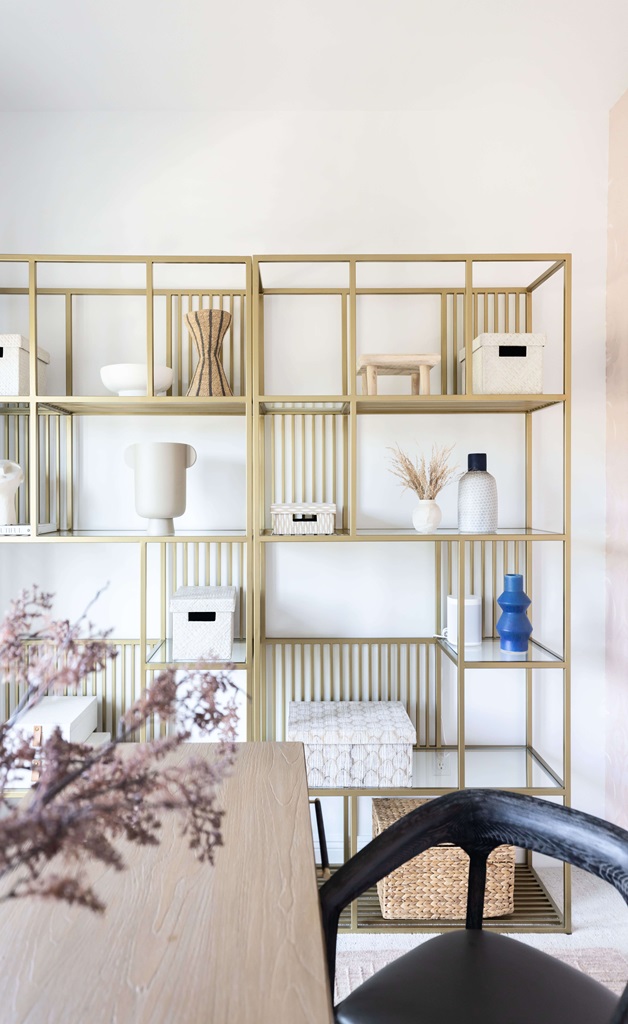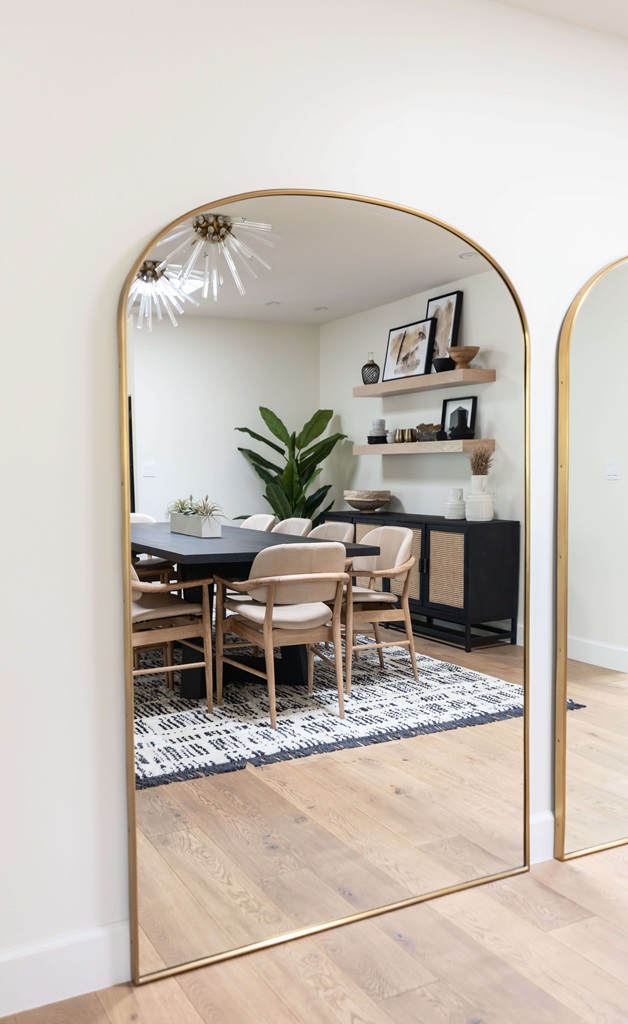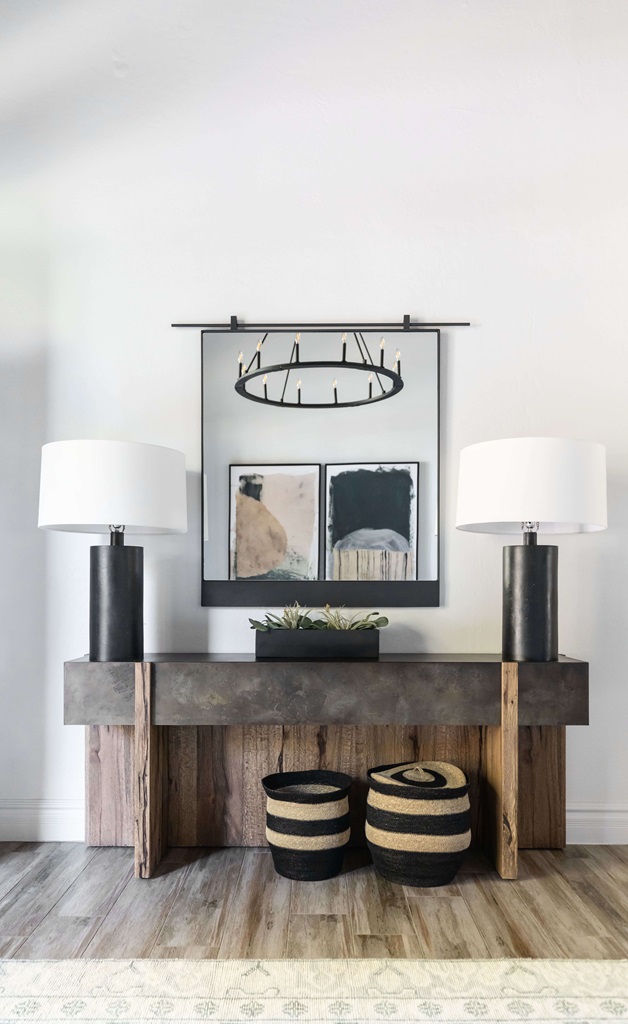In the world of interior design, the phrase ‘windowless room’ might as well be synonymous with ‘design quandary.’ We’re often told that windows are a room’s lifeline to the outside world, the portals that bring in natural light and the picturesque views we crave. But what if there are no windows to speak of? Does your room inevitably become a gloomy, uninviting cavern?
Let’s talk about how to decorate a room with no windows and how it can become an important part of your property despite being a room with no windows, something people claim to be a huge problem under normal circumstances.
A Light Unto Itself
Natural light is a design powerhouse, capable of transforming spaces from drab to dynamic. However, it’s not an element to which we are irrevocably tethered. There exists an array of lighting options that, when orchestrated well, can emulate the sun’s gradual and dynamic light shifts. Layering various light sources — overhead fixtures, task lighting, accent lights, and the subtle glow from under-counter lamps — can create depth and visual interest, casting out any sense of claustrophobia. You’ll find lots of basement bedroom ideas with no windows these days.

Luminous Layers
Imagine stepping into a room with light cascading from above, highlighting the centerpiece of your space, and soft, ambient light whispering from hidden nooks. It’s a multi-sensory experience like watching a landscape unfold during various hours of the day. For bedrooms with no windows, for example, this level of intentional lighting design is not a luxury but a necessity that opens up vast possibilities.

The Palette of Perception
Color, too, is a specter that claims dominion over the feel of a space, and in the context of windowless rooms, its influence is paramount. Experts in Interior Design in Phoenix have long manipulated color to trick the eye and alter spatial perceptions. A light, neutral palette can amplify the sense of space, while strategically placed pops of vibrant hues stimulate and engage. Mirrors, painted in shades that correspond with your lighting design, echo and extend the perceived space, bestowing it with the illusion of windows. Some even play around with the idea of fake windows to change the perception of the room.

Depth Through Hues
With the right combination of colors, a windowless room can morph from a tight, enclosed box to a chic, gallery-like enclave. Darker shades can add an aura of intimacy and sophistication, particularly when contrasted with lighter elements and floodlit with appropriate brightness. It’s the interplay between these hues that crafts an experience, defining the space’s mood and purpose.

Layout and Flow
One mustn’t also forget the impact of layout. How furniture is placed, the pathways created, and the openness of the space all contribute to its functionality and visual appeal. A thoughtful approach that pays homage to the architecture and maintains a harmonious flow encourages the eye to meander and the inhabitant to relax. Raising furniture off the floor, using transparent materials, and employing minimalism can all contribute to a more expansive feel.

The Intangible Horizon
Explore More: What is a Great Room in a House?

Lauren Lerner is the founder of Living With Lolo, a nationally recognized Scottsdale interior designer and an Arizona licensed general contractor. She is celebrated for creating luxury homes that are warm, livable, and deeply personal, blending thoughtful design with seamless construction and curated furnishings. Recognized as one of Arizona’s top interior designers, Lauren has worked with celebrities, athletes, and executives across the country. Her work, known for its elevated yet inviting style, has been featured in multiple national publications. Guided by the belief that great design should feel as good as it looks, Lauren transforms houses into homes that truly reflect her clients’ lives.
